Wearing Hat After a Hair Transplant: Can They Damage New Hairs?
Facial Plastic Surgery
Hair transplant surgery is a cosmetic procedure that involves transplanting hair follicles from a donor site to a recipient site on the scalp. This minimally invasive procedure restores hair growth in areas of the scalp that have experienced hair loss or thinning. After undergoing hair transplant surgery, patients are often curious about the post-operative care they should follow, including whether or not they can wear a cap.
One of the most frequent questions patients raise before the procedure is, “Can I wear a hat after a hair transplant?” and “What type of hat should I wear after a hair transplant?” While wearing a hat may seem simple and practical to cover one's head after a hair transplant, it is essential to understand its potential risks and benefits.
This article will provide insights on wearing a cap after a hair transplant, including how long you should wait before donning head coverings and other essential considerations. In summary:
Things to Know About Wearing Hats After a Hair Transplant |
Hats to Wear | Loose-fitting hats Wide-brimmed hats< Soft scarves Bandanas |
How to Wear | Use both hands to place the hat on your head Avoid tight-fitting Ensure it's not pressing on the scalp |
Hat Type | Soft, lightweight, and breathable hats (e.g., cotton) Avoid wool or any irritating fabrics |
How Long After Hair Transplant? | Wait at least 7-14 days. Consult your surgeon for personalized recommendations |
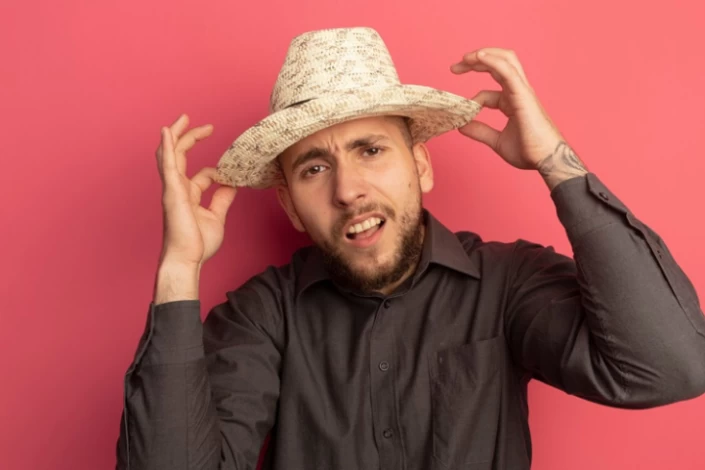
How Soon After a Hair Transplant Can I Wear a Hat?
While it might be tempting to wear a hat to conceal the donor area after your hair transplant, doing so too soon can impede the healing process and affect your final results.
So, to answer the question, "How long should I wait before wearing a cap after a hair transplant?" it's generally advisable to wait at least 10-14 days. This allows the newly implanted grafts to stabilize and minimizes the risk of pressure or friction that could interfere with their growth. Taking this precaution will help ensure the best possible outcome for your procedure.
What Is the Best Cap After a Hair Transplant?
The best hat to wear after a hair transplant is one that provides adequate coverage and gentle support for the healing scalp.
The best types of hats to wear after a hair transplant are as follows:
- Loose-fitting baseball caps provide a comfortable and breathable option that won't pressure your scalp. Choose a cap that has a soft, absorbent material that will wick away moisture and prevent sweat buildup.
- Bucket hats: These are loose-fitting and provide good coverage for your scalp. They are also suitable for protecting your scalp from the sun and wind.
- Beanies: Beanies are a good option for colder weather or to cover your scalp thoroughly. Choose a beanie made from a soft, breathable material like cotton or wool.
- Wide-brimmed hats: Wide-brimmed hats are a great way to protect your scalp from the sun. They also provide good coverage for your face and neck.
- Bandanas: Bandanas are versatile and can be worn in various ways. They can cover your scalp, protect your face from the sun, or add a touch of style to your look.
When choosing a hat to wear after a hair transplant, prioritize comfort, breathability, and coverage, and avoid excessively tight or rigid hats, as they may cause discomfort or interfere with the healing process.

Hats to Avoid After Hair Transplant
It's crucial to ensure the success of your hair transplant by avoiding certain types of headwear during the initial healing period. Here are the hats you should stay away from:
- Baseball Caps: Their snug fit can create pressure on the scalp, affecting grafts;
- Motorcycle Helmets: The tight design can be disruptive to newly implanted hair follicles;
- Bike Helmets: Similar to motorcycle helmets, they can apply pressure and friction, which is not ideal;
- Snapbacks: Their adjustable nature might still create unwanted pressure on your scalp;
- Swimming Caps: These can be tight and may cause discomfort, potentially affecting grafts;
- Durags: The snug fit can irritate the transplanted area and hinder healing;
- Military Caps: The structured fit can apply pressure that may compromise graft establishment;
- Straw Hats: Although lightweight, straw hats can still press against the scalp and should be avoided initially.
How Should I Wear a Hat After a Hair Transplant?
After a hair transplant, protecting the newly transplanted hair and the sensitive scalp during healing is essential. Here are some guidelines on how to wear a hat after a hair transplant:
- Before wearing a hat, please consult your surgeon for approval. They will advise you on when it's safe to start wearing a cap after the hair transplant;
- Choose a hat that is loose-fitting and made of breathable material to avoid putting pressure on the scalp and to allow airflow;
- Avoid hats with tight bands, as they can interfere with the healing process and put pressure on the grafts;
- Be gentle when putting on and taking off the hat to avoid pulling or tugging on the newly transplanted hair;
- Opt for hats with a wide brim or use sunscreen to protect the scalp from sun exposure, especially during the initial healing phase;
- Ensure that the hat is clean and free from any irritants that could potentially cause infection;
- Opt for hats made from soft, breathable materials like cotton or wool. Avoid hats made from synthetic polyester, which can trap heat and moisture and irritate the scalp. Rough fabrics can irritate the scalp and potentially damage the transplanted grafts. Choose hats with smooth, gentle fabrics.
- Avoid wearing hats for prolonged periods, especially if they cause excessive sweating, as this can affect the healing process.
- Tight-fitting hats can put pressure on the transplanted grafts and potentially dislodge them. Choose hats that are loose-fitting and comfortable.
What Occurs If You Wear a Hat After a Hair Transplant?
Following a hair transplant, the hair follicles embark on a critical process of anchoring themselves to their new locations on the scalp. This delicate healing phase typically takes up to 10 days, with the first three days paramount. Suppose a hat is worn too soon after a hair transplant. In that case, it can disrupt the healing process, dislodge the grafts, or cause unnecessary friction and pressure on the scalp, leading to hair transplant complications such as graft loss or poor growth., and permanent bald patches.
What Precautions Should I Take When Wearing a Cap?
While wearing a cap can be a stylish and practical accessory, taking certain precautions to protect your hair and scalp from potential damage is essential. Here are some tips for wearing a hat after a hair transplant:
- Choose the Right Cap
- Limit Wearing Time
- Wash Your Caps Regularly
- Protect Your Hair from Sun Damage
- Moisturize Your Scalp
- Consult a Dermatologist
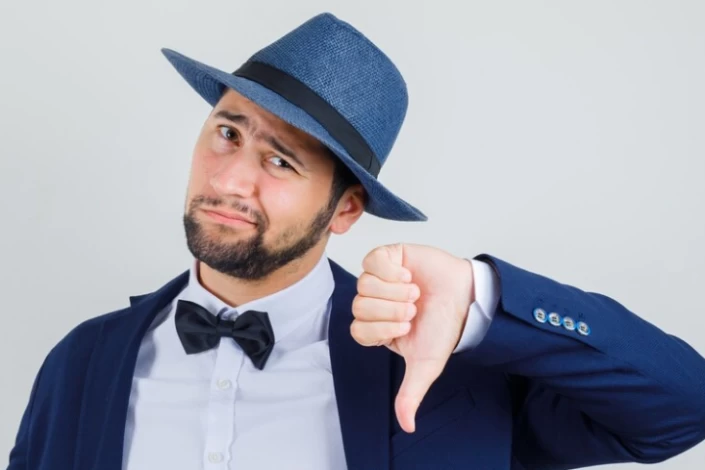
Choose the Right Cap
Opt for caps made from natural materials like cotton or wool, as these tend to be more breathable and less likely to irritate your scalp. Wearing a surgical cap after a hair transplant can also protect your scalp during the initial recovery period. Avoid Tight Caps After Hair Transplant
Tight-fitting caps can constrict blood flow to the scalp, potentially damaging hair follicles and causing hair loss. Choose caps that fit comfortably without being too snug.
Limit Wearing Time
Excessive heat wear can trap sweat and dirt against the scalp, creating a breeding ground for bacteria and leading to scalp infections. Wear caps for short periods (no longer than 5 hours) and give your scalp regular breathing breaks.
Wash Your Caps Regularly
Sweat, dirt, and oil buildup can accumulate on your cap, transferring back to your scalp and causing irritation. Wash your caps frequently with mild soap and water to maintain cleanliness and prevent scalp problems.
Protect Your Hair from Sun Damage
Caps can provide some protection from the sun's harmful UV rays, which can damage hair and cause premature aging. Choose caps with a UPF (Ultraviolet Protection Factor) rating of 50 or higher to shield your hair from the sun's harmful effects.
Moisturize Your Scalp
Regularly moisturizing your scalp with a gentle, oil-free moisturizer can help keep it hydrated and protect it from dryness and irritation caused by hat-wearing.

Consult a Dermatologist
If you experience scalp discomfort, itching, or irritation while wearing a cap, consult a dermatologist to rule out underlying scalp conditions and receive personalized advice.
Why Hair Transplant in Iran?
Iran has a strong reputation for its advanced medical facilities, highly skilled surgeons, and modern technology in hair transplantation. Many individuals worldwide choose to undergo various medical procedures in Iran due to the combination of high-quality care and lower costs compared to other countries. This makes it an appealing option for those seeking cost-effective hair transplants without sacrificing the quality of care they receive.
The affordability of medical procedures in Iran, including hair transplants, has contributed to the country's growing popularity as a destination for medical tourism. The average hair transplant cost in Iran ranges from $1200 to $2500, covering expenses such as a doctor's consultation, anesthesia, surgery, and other related fees.
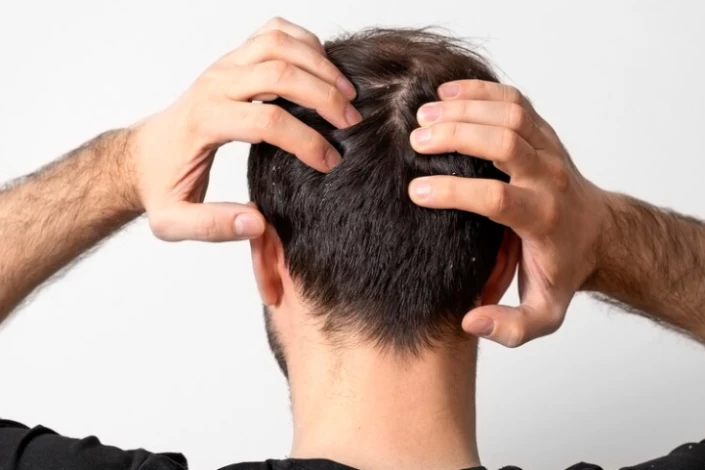
Final Word
Most hair transplant surgeons do not advise wearing a cap after a hair transplant. The cap can cause friction and pressure on the newly transplanted hair follicles, leading to damage or even loss of the transplanted hair. It is best to avoid wearing a cap for at least two weeks after the surgery to allow the transplanted hair follicles to settle and heal properly. After that, you can gradually reintroduce wearing a cap, but choose a loose-fitting and breathable cap to avoid any damage to your newly transplanted hair.
FAQs on Wearing a Cap After a Hair Transplant
Can I wear a hard hat after a hair transplant?
It is advisable to wait at least a month after a hair transplant before wearing a hard hat, beanie, woolly hat, or helmet. The pressure from such headgear can potentially damage the newly transplanted grafts.
Does the sun affect hair transplants?
The scalp is sensitive after a hair transplant and needs to be protected from the sun's harmful UV rays. Direct sunlight can cause sunburn, damage newly transplanted grafts, and delay healing. You should avoid direct sun exposure for at least a month after the procedure and wear a hat or sunscreen with a high SPF when going outside.
What are the risks of wearing a cap too soon after a hair transplant?
Wearing a cap too soon after a hair transplant can increase the risk of graft dislodgement, infection, and scarring.
Can I wear a baseball hat ten days after a full hair transplant?
Generally, it is advised to avoid wearing a baseball hat until at least 7-10 days after a hair transplant. This is because the grafts are still healing during this time, and wearing a hat can put pressure on them and potentially dislodge them. If you need to wear a hat briefly, ensure it is loose-fitting and made of a soft, breathable material.
Can I wear a winter cap after a hair transplant?
Wearing a winter cap after a hair transplant is not advisable until the grafts have fully healed and settled into place. This typically takes around 2-3 weeks post-procedure. Wearing a tight-fitting winter cap during this period could strain the transplanted grafts unnecessarily, potentially leading to discomfort, irritation, or even dislodgement.
Can I wear a cap in the sun after a hair transplant?
It is recommended that people undergoing a hair transplant avoid direct sunlight on the scalp for at least a month after a hair transplant. If you need to be in the sun, wear a wide-brimmed hat that covers the scalp and use sunscreen on any exposed areas.
Can I wear a cap if I have scabs or crusts on my scalp after a hair transplant?
It is not advised to wear a cap if you have scabs or crusts on your scalp after a hair transplant. Wait until they have healed and fallen off naturally before wearing a cap.
How can I clean my cap after a hair transplant?
It is essential to clean your cap regularly to prevent bacteria buildup and reduce the risk of infection. Wash your cap in warm water with mild detergent and let it air dry completely before wearing it again.
What is the best hat to wear after a hair transplant?
The best hat after a hair transplant is a loose-fitting, breathable cap such as a surgical cap or a soft bucket hat. These allow airflow while avoiding direct friction on the newly transplanted grafts. Tight hats should be avoided in the first weeks.
Can you wear a hat after a hair transplant?
Yes, you can wear a hat after a hair transplant, but only after your doctor gives the green light—usually 3 to 7 days post-surgery. It’s important to choose a hat that doesn’t press directly on the grafts to prevent dislodging or damage.
What are the best post–hair transplant hat recommendations?
Doctors often recommend loose caps, fisherman hats, or wide-brim hats that do not put pressure on the grafted area. Baseball caps should generally be avoided for at least the first 2–3 weeks as they can rub
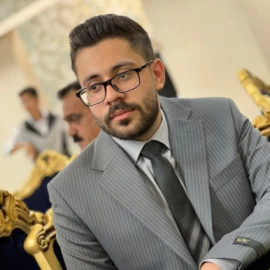

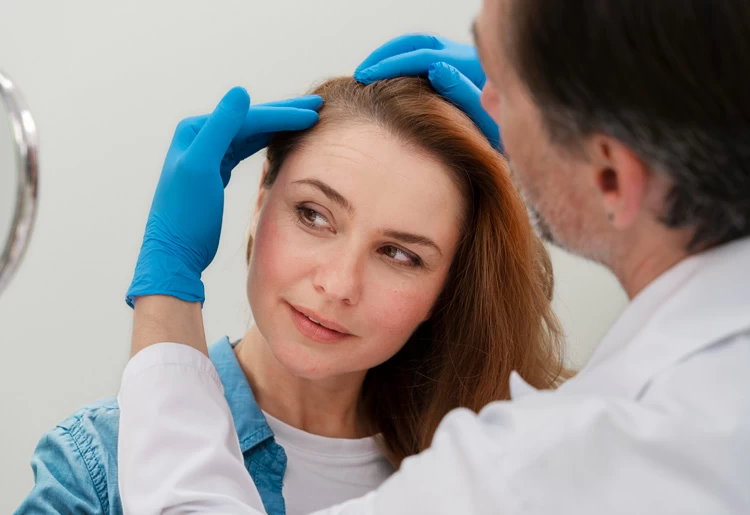

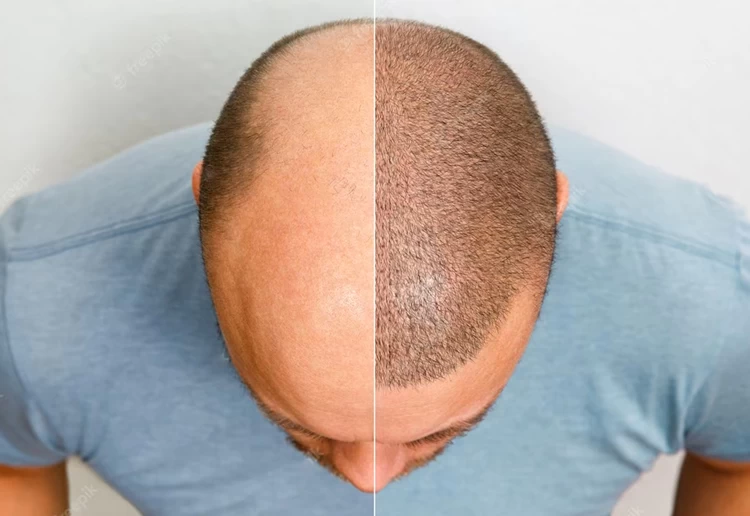
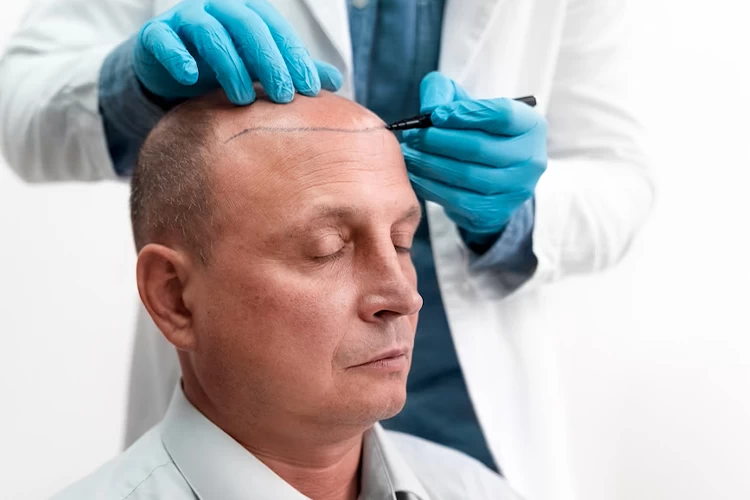

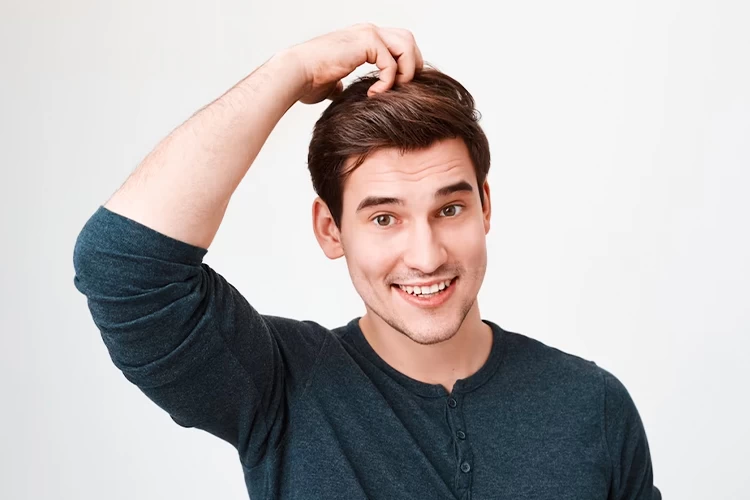

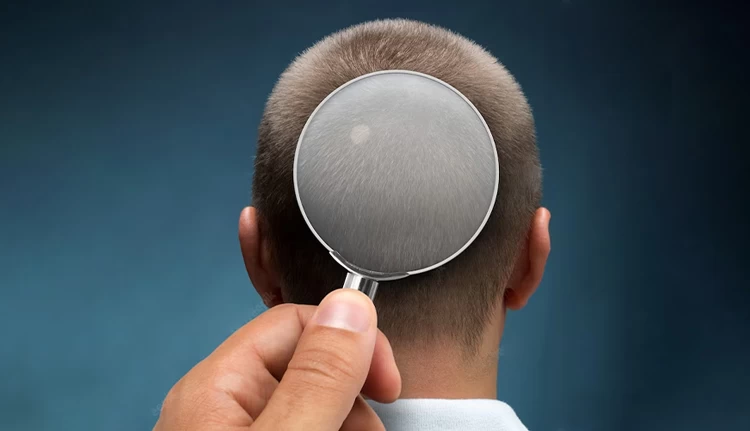

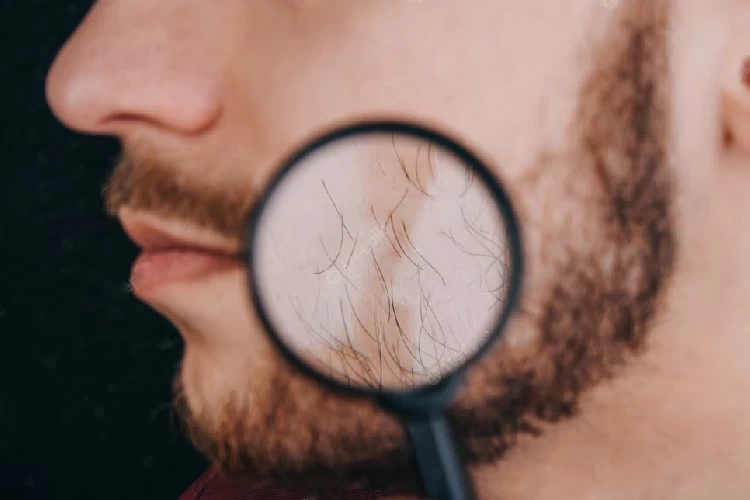
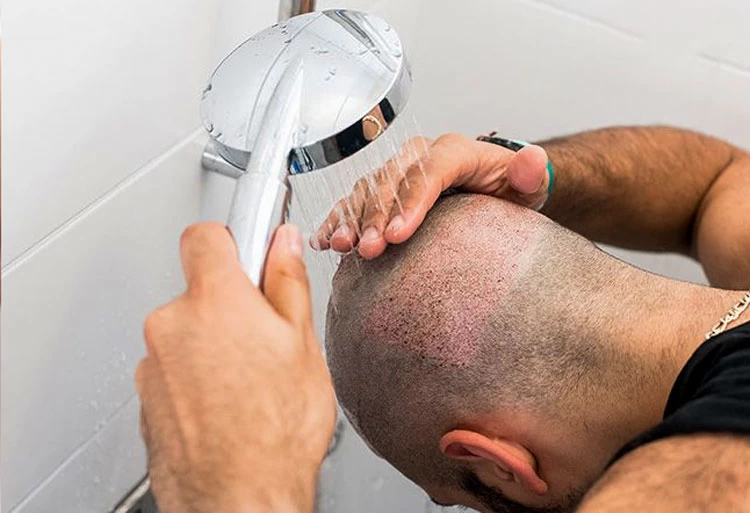
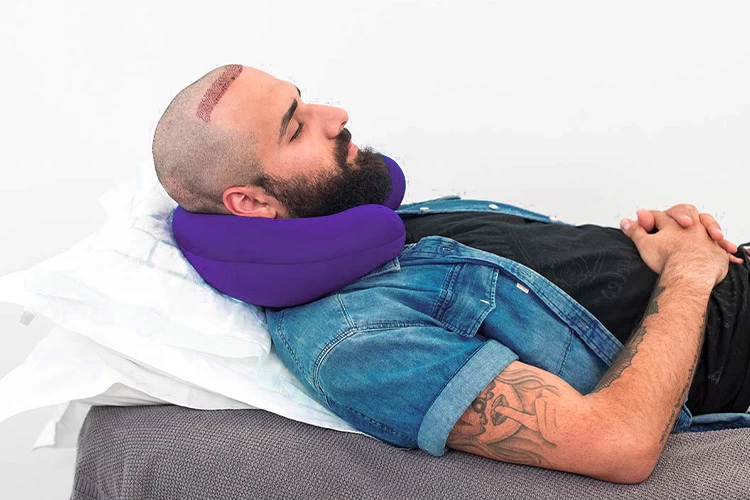
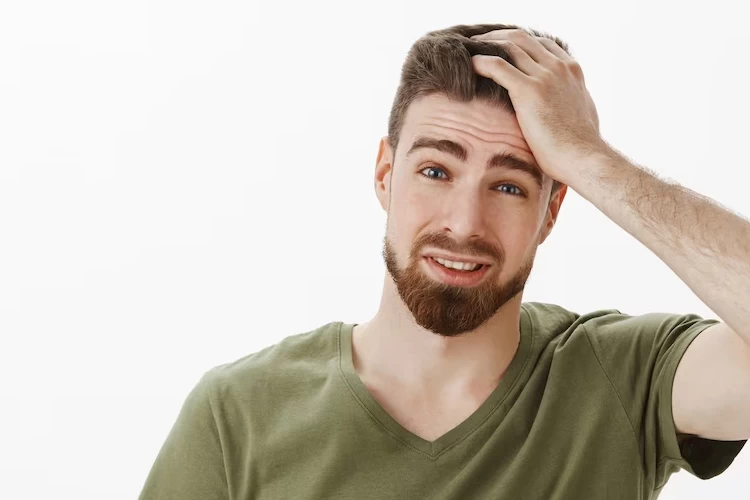
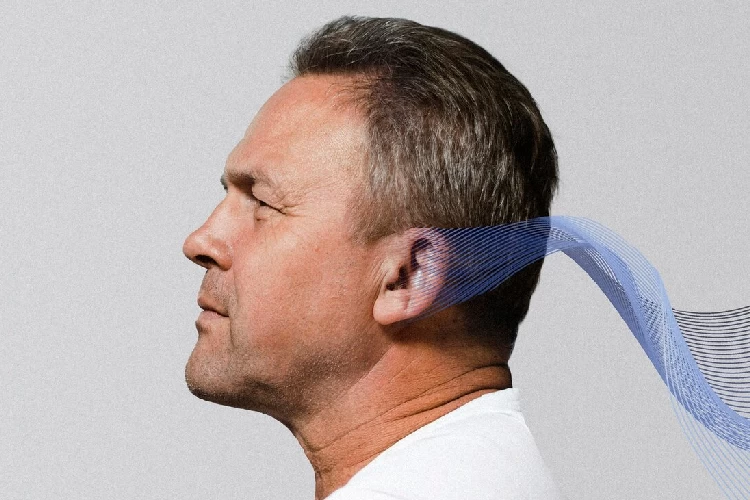
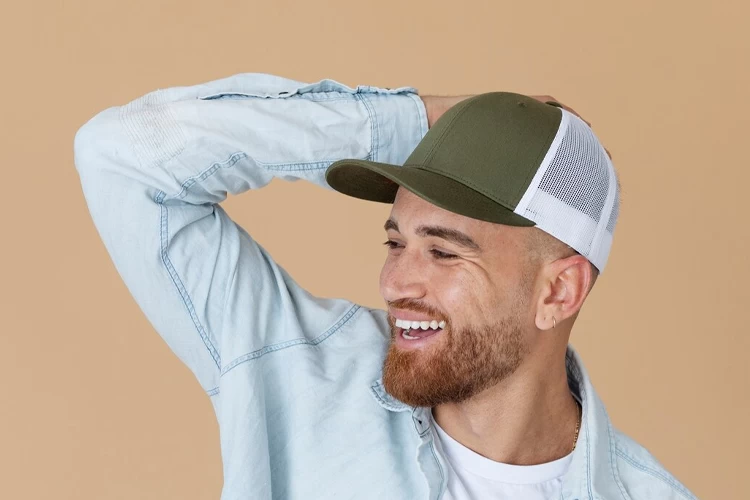

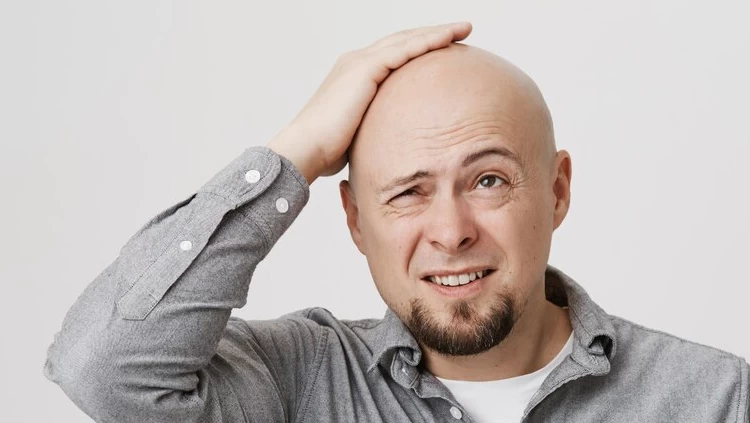
No reviews
Your comment